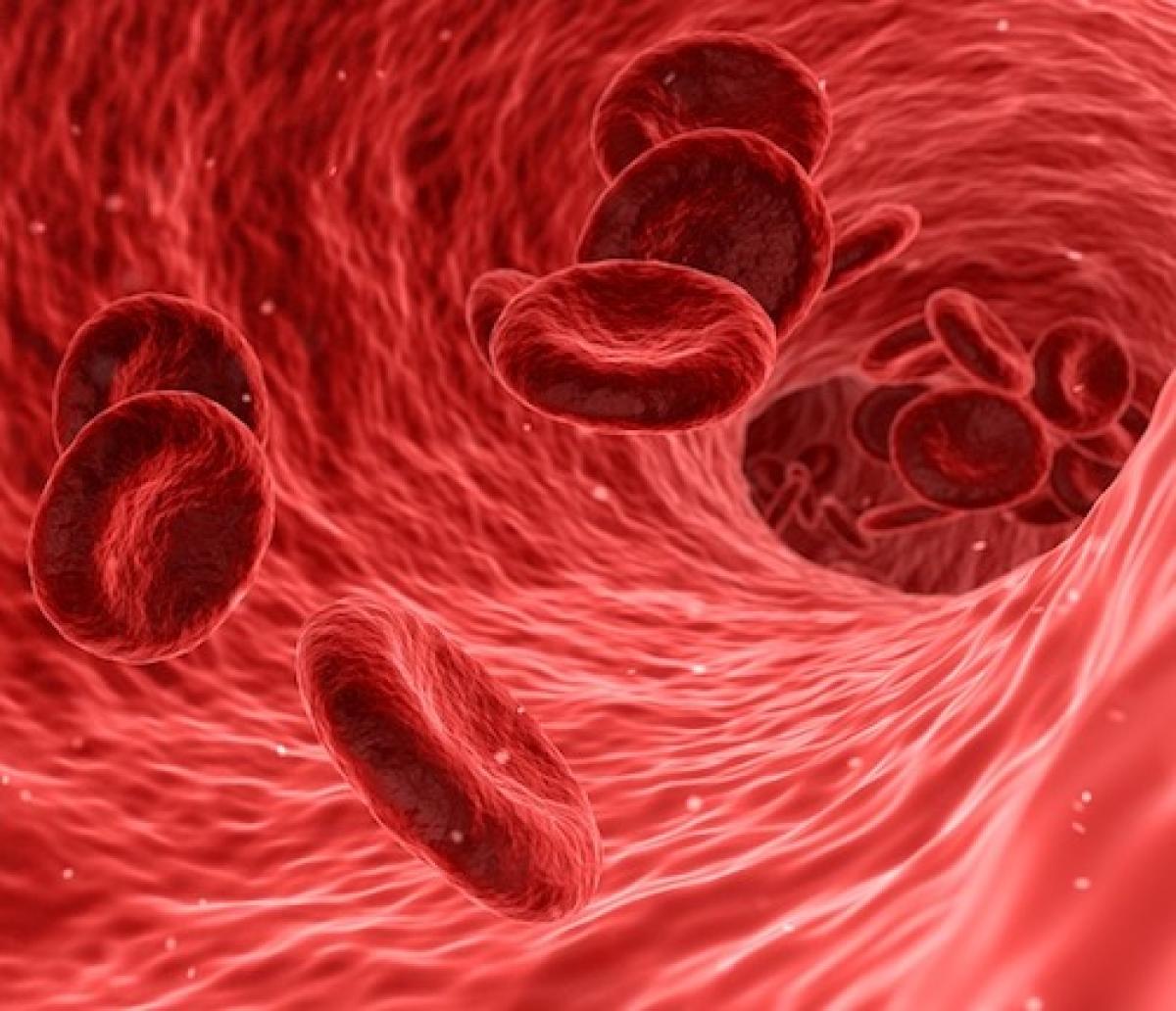The Future of Gene Therapy
When we get sick, we often go to a doctor to find out how to get better. Sometimes the doctor may prescribe medicine to fight off whatever is making us sick, like bacteria or a virus. For more serious illnesses, the doctor may need to perform surgery to remove a dangerous growth or repair a damaged organ. But what if the thing that is making you sick is your own DNA? What kind of medical treatment would you need then?

A potential use of CRISPR and gene editing is as a medical treatment that we call “somatic editing”. Somatic cells are the cells in your body that are not reproductive cells. So, somatic editing is gene editing of any kind of cells in the body that are not reproductive cells. This includes cells like those in the heart, brain, blood, skin, and eyes.
Somatic editing is similar in many ways to gene therapies that are already being used. Gene therapies try to treat certain sick patients by modifying their genomes. The goal is to cure genetic diseases or to alter cell function to treat symptoms. Only the cells that are targeted for therapy are affected. The genetic changes do not spread throughout the body, and they are not passed on to offspring.
A main advantage of such therapies is that they can be designed exactly to help a specific patient. Also, many different kinds of therapies can be developed quickly and easily.
Somatic Editing, Inside and Out
Some methods of somatic editing take cells from a patient so they can be edited outside the body. Once edited, the cells are reintroduced into the patient’s body. For example, scientists might first take white blood cells from a cancer patient. White blood cells are part of the body’s immune system, which helps fight cancer. They could then use somatic editing in a laboratory to make the cells better at fighting cancer. The edited cells could then be returned to the patient in hopes that the newly edited cells cure their cancer.

Other times, somatic editing may use gene editing therapies at the problem site in the body. That is a method similar to how other medicines are given. For example, some blindness is caused by genetics. In such a case, CRISPR molecules that are designed to correct the genetic defect may be injected into the affected cells in the eye.
Direct injection is quicker than editing outside the body, but there are some issues with it. Some scientists worry that direct introduction of CRISPR therapies may not work as well. There is growing evidence that the body’s immune system can respond poorly to CRISPR molecules. CRISPR is based on systems found in bacteria, and human immune systems may have evolved to see bacterial molecules as a possible threat. As a result, the immune system may attack the CRISPR molecules, which would make those treatments ineffective.
Read more about: Cutting DNA with CRISPR
Bibliographic details:
- Article: Editing Body Cells with CRISPR
- Author(s): Dr. Biology
- Publisher: Arizona State University School of Life Sciences Ask A Biologist
- Site name: ASU - Ask A Biologist
- Date published: 14 Mar, 2019
- Date accessed:
- Link: https://askabiologist.asu.edu/editing-body-cells-crispr
APA Style
Dr. Biology. (Thu, 03/14/2019 - 13:59). Editing Body Cells with CRISPR. ASU - Ask A Biologist. Retrieved from https://askabiologist.asu.edu/editing-body-cells-crispr
Chicago Manual of Style
Dr. Biology. "Editing Body Cells with CRISPR". ASU - Ask A Biologist. 14 Mar 2019. https://askabiologist.asu.edu/editing-body-cells-crispr
Dr. Biology. "Editing Body Cells with CRISPR". ASU - Ask A Biologist. 14 Mar 2019. ASU - Ask A Biologist, Web. https://askabiologist.asu.edu/editing-body-cells-crispr
MLA 2017 Style

Be Part of
Ask A Biologist
By volunteering, or simply sending us feedback on the site. Scientists, teachers, writers, illustrators, and translators are all important to the program. If you are interested in helping with the website we have a Volunteers page to get the process started.

